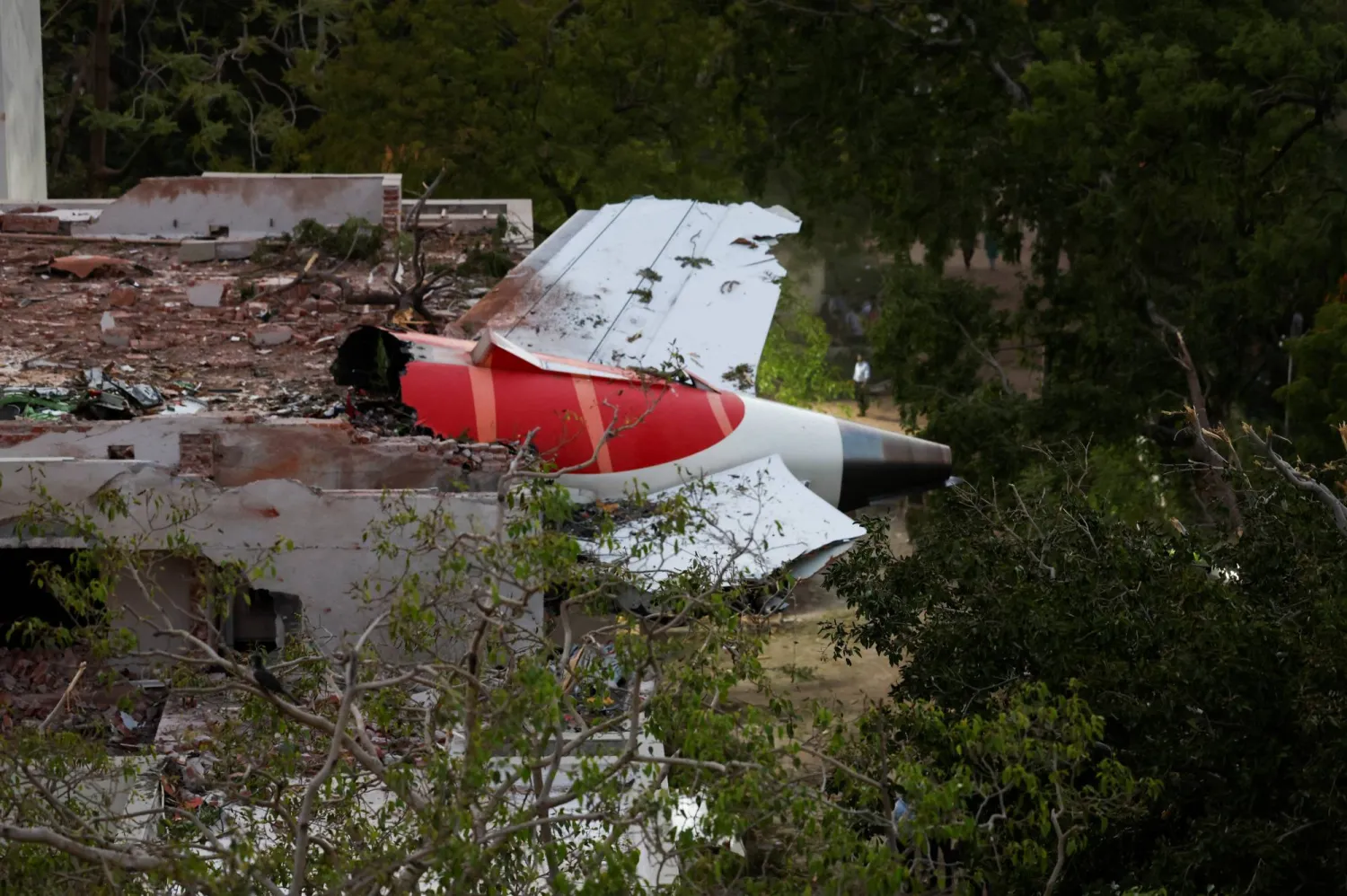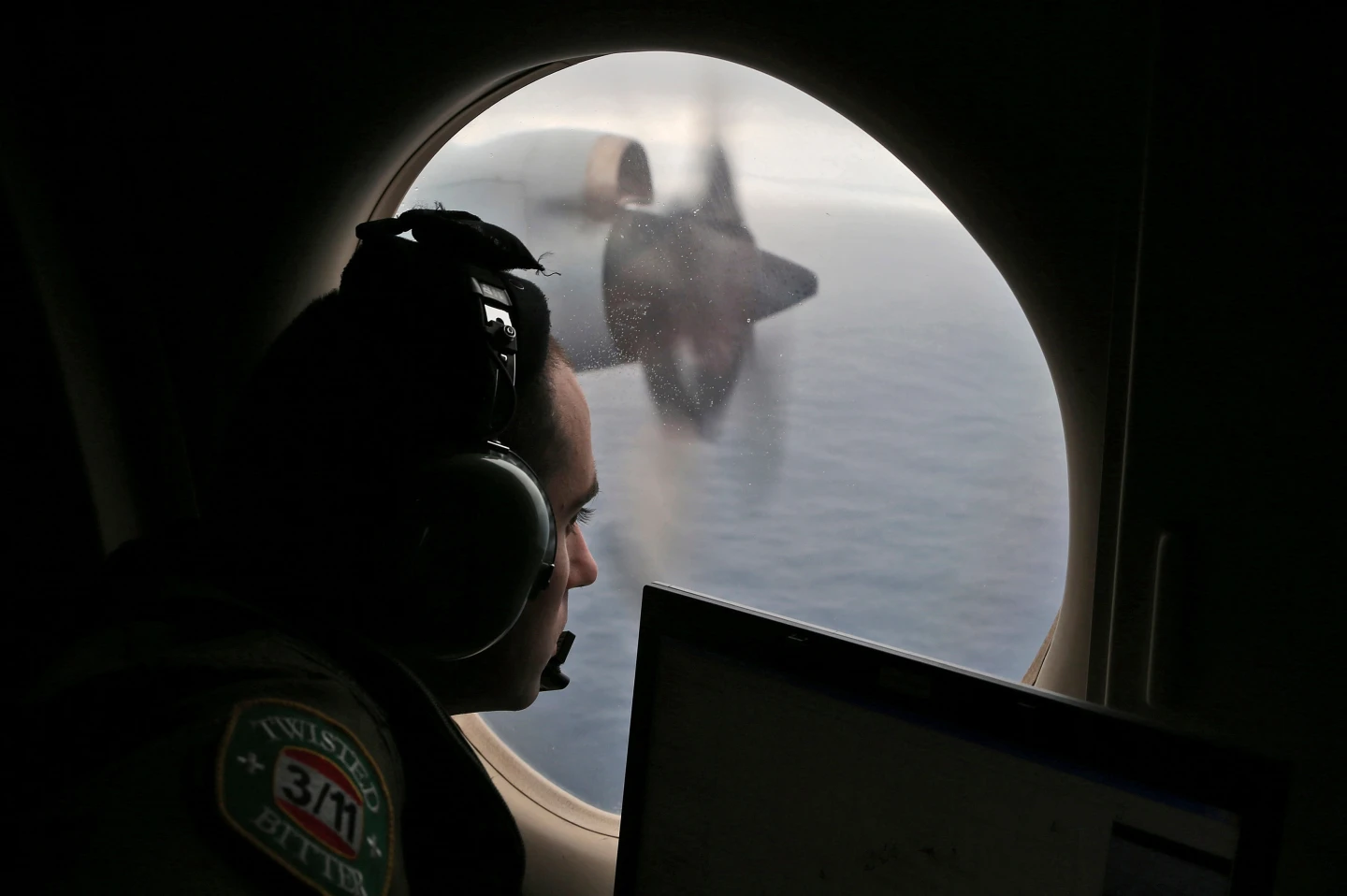Boeing has seen its stock recover in recent days, following the preliminary findings of an investigation into the tragic crash of Air India Flight 171. The incident, which occurred shortly after takeoff, claimed the lives of nearly everyone onboard and raised fresh concerns about aircraft safety. However, early reports suggest that the cause may have been an isolated technical malfunction rather than a deeper flaw in the aircraft’s design or production.
What Happened?
The crash occurred just moments after the Dreamliner jet lifted off the runway. According to the initial report by Indian aviation authorities, the fuel cutoff switches for both engines were unexpectedly activated during takeoff. This action cut fuel to the engines, causing them to lose thrust. While the crew was able to restart the engines briefly, the aircraft had already lost too much altitude to recover safely.
Black box data revealed that neither pilot acknowledged turning off the fuel supply, leading investigators to suspect either an accidental switch activation or a malfunction in the aircraft’s systems. The event unfolded rapidly, leaving little time for corrective action.
Market Response
Despite the tragedy, Boeing’s stock saw a notable uptick in the aftermath of the report’s release. Investors appeared reassured by the nature of the findings, which pointed toward a localized technical issue rather than systemic design problems across the fleet. Boeing’s stock bounced back more than 6% from post-crash lows, suggesting confidence in the company’s stability and safety protocols.
The focus also turned to the aircraft’s engine supplier and switch component manufacturers, as scrutiny over potential hardware malfunctions intensified. Nevertheless, no formal recall or widespread grounding of similar aircraft was announced, which helped ease market tension.
Why This Matters
For Boeing, this crash came at a time when the company was already under pressure from regulators and the public due to past safety incidents. The 737 MAX controversy still lingers in public memory, and any additional hint of systemic failure could have had significant financial and reputational consequences. However, the initial findings have provided a buffer, allowing Boeing to avoid further turbulence—at least for now.
The company is now working closely with global regulators, aviation experts, and investigators to ensure full transparency. Additional tests and safety inspections are expected, particularly focusing on the fuel switch systems of similar aircraft models.
Looking Ahead
While the investigation is still ongoing, and final conclusions are yet to be drawn, Boeing’s ability to weather the immediate aftermath speaks volumes about investor sentiment and faith in its engineering. The true test, however, will lie in whether future findings confirm that this was indeed an isolated fault.
If the current assessment holds, Boeing may be able to move past this crisis without facing major operational setbacks. But if the final report uncovers deeper flaws or human error concerns, it could open the door to more intense scrutiny and possible legal or financial challenges.
Conclusion
The tragic crash of Air India Flight 171 has once again highlighted the razor-thin margin for error in modern aviation. While Boeing’s immediate financial rebound signals short-term investor confidence, the full implications of the accident will only become clear with time. For now, all eyes remain on the final investigation report, which could either close the chapter—or spark a new one.
















Leave a Reply